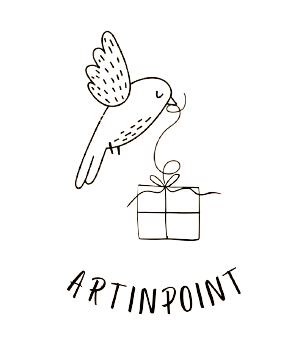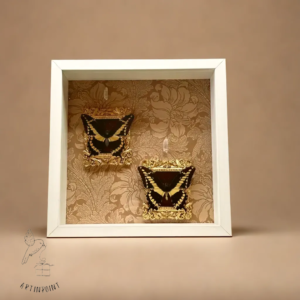"Behind every masterpiece, there is a woman whose story deserves to be told."
Unknown
Introduction:
In the vast tapestry of art history, the contributions of women have often been overshadowed by those of their male counterparts. Yet, behind the curtains of time lie a multitude of talented female artists whose works deserve recognition and appreciation. This article embarks on a journey to shed light on these forgotten masters and celebrate their remarkable achievements.
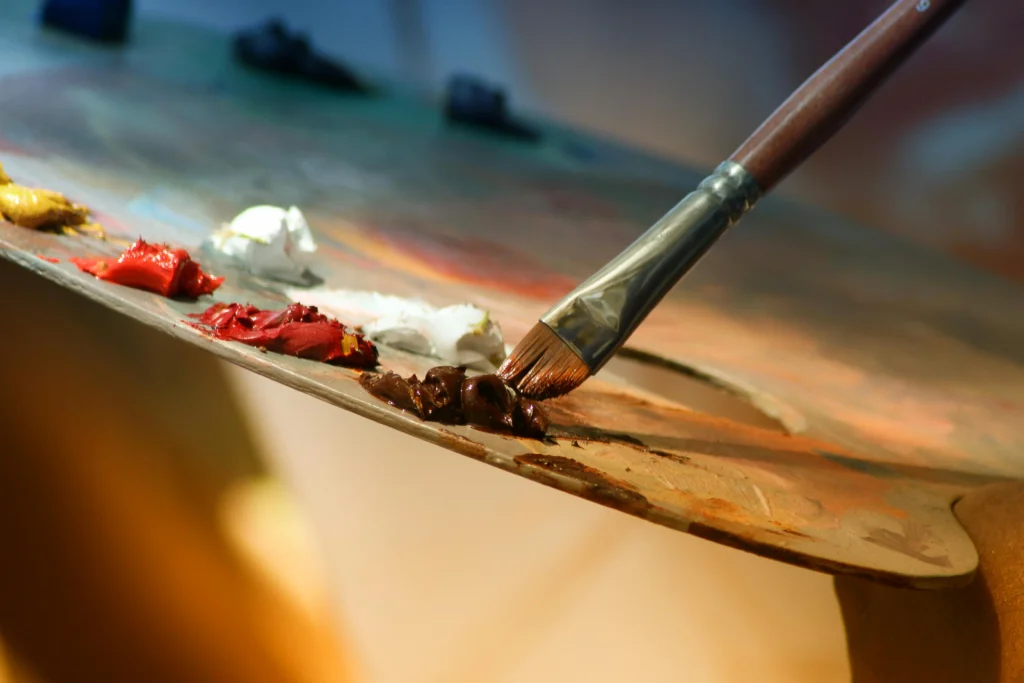
I. Breaking the Chains of Convention
Despite facing societal constraints and limited opportunities, numerous women throughout history defied norms to pursue their artistic passions. These pioneers courageously challenged the status quo, paving the way for future generations of female artists to thrive.
One such trailblazer was Artemisia Gentileschi, an Italian Baroque painter who rose to prominence despite the male-dominated artistic landscape of the 17th century. Through her masterful depictions of powerful biblical heroines and mythological figures, Gentileschi shattered stereotypes and earned recognition as one of the greatest painters of her time.

II. Renaissance Women: Triumph Amidst Adversity
During the Renaissance, a period marked by artistic innovation and cultural flourishing, women faced significant challenges in establishing themselves as serious artists. However, a select few managed to overcome societal barriers and achieve renown for their exceptional talent and creativity.
One such luminary was Sofonisba Anguissola, an Italian Renaissance painter known for her intimate portraits and evocative scenes of daily life. Despite the prevailing gender norms of her time, Anguissola’s talent and determination propelled her to the forefront of the artistic scene, earning her acclaim from contemporaries such as Michelangelo and Vasari.
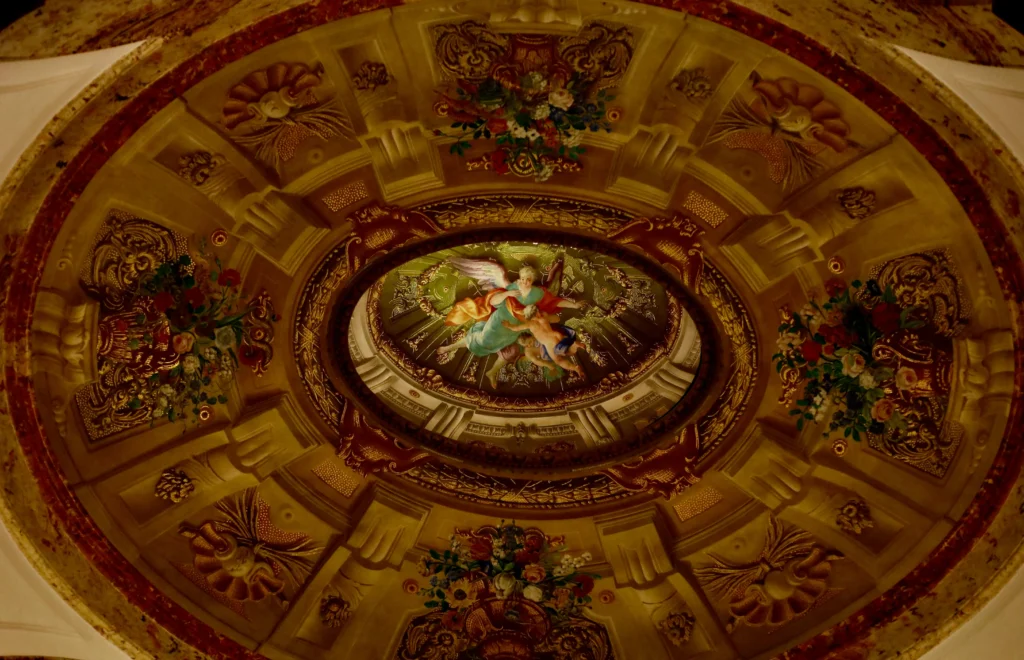
III. Baroque Brilliance: Unveiling Hidden Gems
The Baroque era witnessed a surge of artistic expression, with women making significant but often overlooked contributions to its vibrant tapestry. Despite the challenges posed by societal expectations, several female artists distinguished themselves through their innovative techniques and compelling subject matter.
One such hidden gem was Clara Peeters, a Flemish still-life painter whose meticulously detailed compositions captured the essence of everyday objects with unparalleled realism. Peeters’ masterful use of light and shadow, coupled with her keen attention to detail, earned her recognition as one of the leading still-life painters of her time.
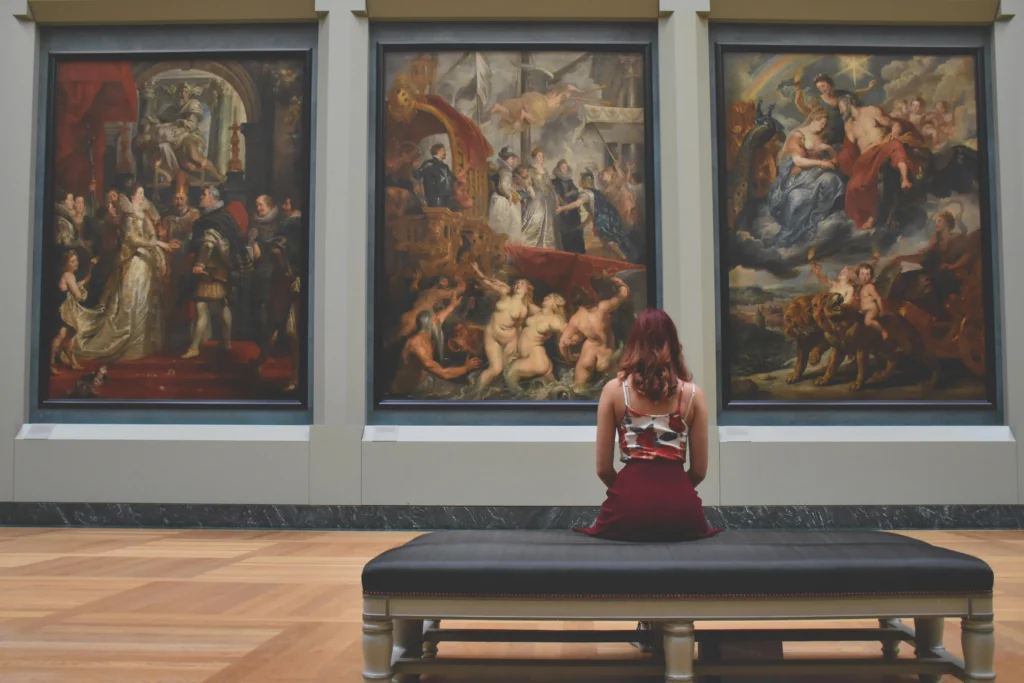
IV. The Impressionist Revolution: Women at the Forefront
The Impressionist movement marked a seismic shift in the art world, challenging established conventions and redefining notions of artistic excellence. In this section, we explore the pivotal role played by women in this groundbreaking movement, their contributions serving as a testament to their talent and resilience.
Among the notable female Impressionists was Berthe Morisot, whose ethereal landscapes and intimate domestic scenes captured the essence of everyday life with a delicate yet powerful touch. Despite facing barriers due to her gender, Morisot defied expectations and became an integral member of the Impressionist circle, earning recognition for her groundbreaking contributions to the movement.
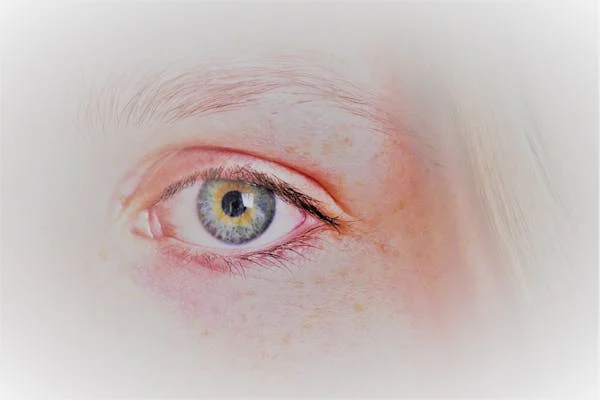
V. Modern Mavericks: Defying Expectations
As the art world entered the modern era, women continued to push boundaries and defy expectations, carving out their place alongside their male counterparts. From the bold brushstrokes of the Fauvists to the avant-garde experiments of the Surrealists, female artists made invaluable contributions to the evolving landscape of contemporary art.
One such trailblazer was Frida Kahlo, whose bold and introspective self-portraits challenged notions of identity, gender, and society. Through her raw and unflinching portrayal of pain and resilience, Kahlo left an indelible mark on the art world, inspiring generations of artists to come.

VI. Reclaiming their story: Celebrating Women Artists Today
In recent years, there has been a growing recognition of the need to reclaim women’s place in art history and celebrate their contributions to the artistic canon. Through exhibitions, publications, and scholarly research, efforts are underway to ensure that the voices of women artists are heard and their legacies preserved for future generations.
One such initiative is the “Women Artists” series, which highlights the lives and works of overlooked female artists through in-depth biographies and comprehensive analyses of their art. By shining a spotlight on these forgotten masters, the series aims to rectify the gender imbalance in art history and foster a more inclusive and diverse narrative of artistic achievement.
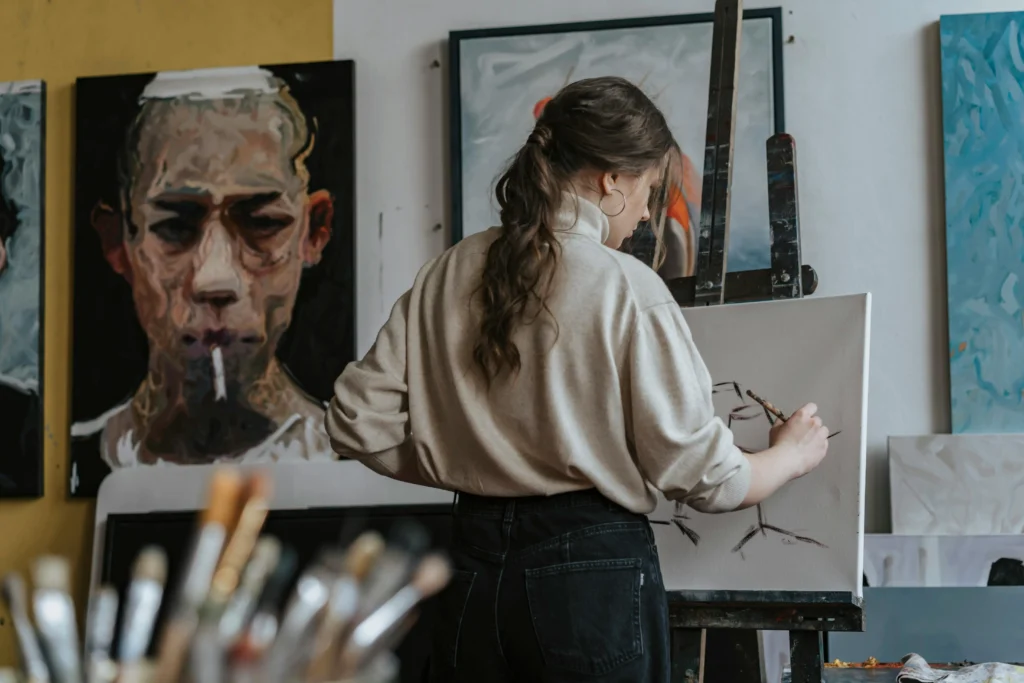
Conclusion: Celebrating Her Legacy
As we reflect on the rich tapestry of art history, it becomes evident that women have always been integral to its narrative, despite often being relegated to the sidelines. By rediscovering and celebrating the contributions of these forgotten masters, we not only honor their legacy but also enrich our understanding of the diverse and multifaceted nature of artistic expression. It is time to give credit where credit is due and ensure that the voices of women artists resonate loudly and proudly throughout the corridors of art history.
FAQ
Question 1: Why have women artists been overlooked in art history?
Answer: Throughout history, societal norms and gender biases have often marginalized women, limiting their opportunities for recognition and acclaim in the male-dominated art world. Additionally, institutional barriers and the lack of access to formal training further hindered the careers of female artists.
Question 2: How can we ensure that the contributions of women artists are recognized and celebrated?
Answer: Increasing visibility and representation of women artists in exhibitions, publications, and educational curricula is essential. Additionally, supporting initiatives that focus on researching and documenting the lives and works of overlooked female artists can help rectify the gender imbalance in art history.
Question 3: Who are some other notable female artists that have been overlooked in art history?
Answer: There are countless talented female artists whose contributions have been overlooked or marginalized in traditional art historical narratives. Some notable examples include Judith Leyster, Élisabeth Louise Vigée Le Brun, and Hilma af Klint, among many others.
